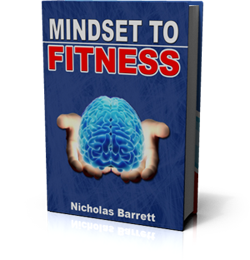
We have probably all during our fitness training sessions felt a burning feeling, or sensation in our muscles right? The most common response to this would be that we think it is lactic acid? Not so …
An article published in IDEA Fitness Journal (2005), suggested that the body does not produce lactic acid, but in place produces lactate, and even suggested that was not responsible for our fitness induced burn (acidosis).
While we are fitness training our muscles, we use energy in the form of (ATP), which then releases hydrogen ions in the process. During low/medium intensity fitness training ,hydrogen ions are absorbed by other chemical reactions, where during higher intensity or longer fitness training sessions, hydrogen ions build up in the muscles, creating the burn that you sometimes get.
By increasing your fitness level your body can get more efficient in using the hydrogen ions fitness training produces, hence preventing muscle burn during longer fitness training sessions. Lactate production is several times higher during fitness (weight/ resistance ) training than at rest, but can be balanced by a more efficient removal, showing no net increase. So as increased intensity training produces more of the undesirable lactate, which in turn increases the production of hydrogen ions, due to that increase in lactate.
The higher our capacity for lactate removal, the more likely to delay the onset of acidosis. The primary function of lactate is to consume hydrogen ions, by transporting them from the cell. The net result Is that you get less fatigue during fitness training.
Hydrogen ion build up increases acidity and decreases your (PH) within muscle or plasma, causing fatigue and impairing contraction.
By the way, neither hydrogen or lactate cause muscle soreness 24/48 hours after an intense fitness training session.
Getting better fitness training workouts
Increase cardio- vascular capacity
On a Lactate Tolerance Heart Rate (LTHR) scale of 1 (low) to 10 (high), you red line or reach a peak of your threshold at 8. Your heart rate at that point is your Lactate Tolerance Threshold intensity heart intensity.
Improving fitness levels will help build your body’s tolerance for lactate (acidosis), and also more efficient in removing it.
By training at your lactate threshold your body will be better at removing hydrogen ions. It is better to base your heart rate zones on LTHR, rather than maximum HR.
So what have we learned? Improve your condition, and your fitness training will go to a new level.
-NicholasIf you are in the Los Angeles area and you would like a complimentary one-on-one assessment with Personal Trainer in L.A. Nicholas Barrett, please don't hesitate to get in touch! Personal trainer Los Angeles. Los Angeles personal trainer. Personal trainer marina del rey.







